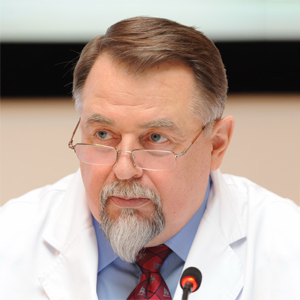The history of robotic assisted surgery has been more than twenty five years. The experience and technology used previously for military purposes resulted in the emergence of robotic assistants, which allowed the surgeon to perform the most specific manipulations with the utmost care.
In 1985, the first surgical robotic system, Puma 560, was used in neurosurgery. Later, the arsenal of surgeons was replenished with a manipulator for transurethral resection of the prostate PROBOT, and in 1992, the RoboDoc system was introduced, which was used in orthopedics for joint replacement.
All of these systems were highly specialized installations to provide the stages of surgical operations and were not full-fledged robotic systems. In 1993, the robotic system Aesop (Aesop) of Computer Motion Inc. appeared. — an automatic hand to hold and change the position of the camera during laparoscopic operations. This installation can still be found in a number of clinics around the world. In 1998, one of the first universal robotic systems ZEUS (Zeus) was introduced. At present, the only universal robotic system with remote control in the world is the DaVinci system of Intuitive SurgicalInc. In the clinical practice of the Pirogov Center, the Da Vinci robotic surgical complex (RHC) has been in use since November 2008. To date, more than 500 operations have been performed in various areas of surgery. Based on the accumulated experience, we obtained permission from Roszdravnadzor to use the technology “Robot-assisted endovideosurgery” (FS No. 2009/360 dated October 23, 2009) in Russia.
8 surgical teams have been formed to work on the RHC, which perform surgical interventions in urology, gynecology, thoracic, abdominal, vascular and cardiac surgery. Robot-assisted endovideosurgery is a promising area of ??modern surgery. The use of Da Vinci’s RHC is most justified in a multidisciplinary surgical hospital at the federal level.
Technology distinguishes:
- Three-dimensional stereoscopic image with the possibility of its increase and precision, providing the highest accuracy of surgical manipulations with minimal traumatization of tissues
- Minimizing blood loss
- Degrees of freedom of instruments exceeding those of a human hand
- Possibility of conducting interventions that are difficult or impossible to perform by traditional and endovideosurgical methods
Getting the best clinical effect with the help of robot-assisted endovideosurgery is possible when performing the following operations:
- Cardiosurgery operations
- Removal of mediastinal and retroperitoneal tumors
- Prostatectomy
- Anterior rectal resection with pelvic mesenteric lymphadenectomy and precise preservation of pelvic nerve plexuses
- Panthistectomy with regional and paraaortic lymphadenectomy
- Operations for endometriosis with spreading to the rectum
Performing robot-assisted simultaneous operations, including thoraco-abdominal operations.

















